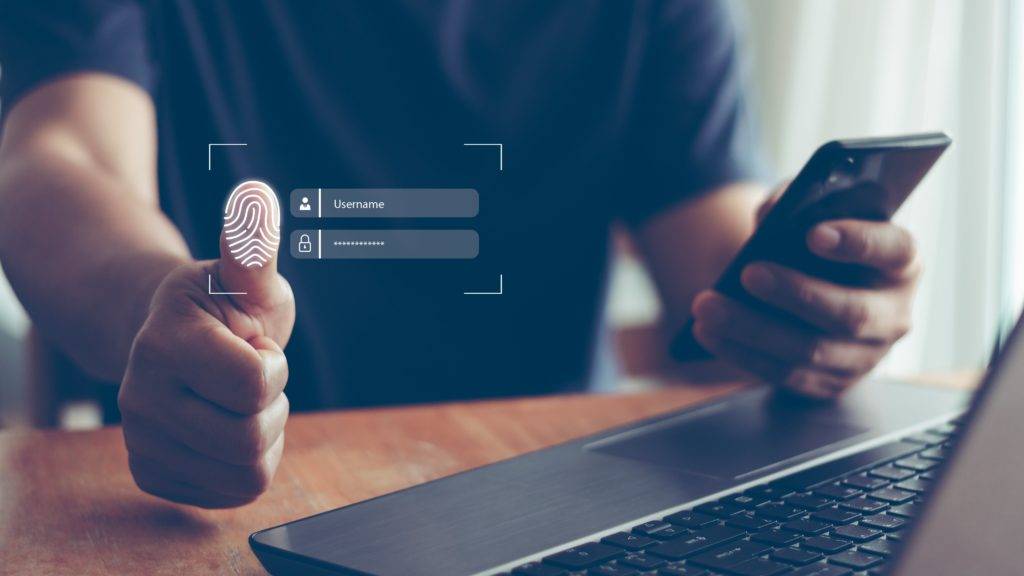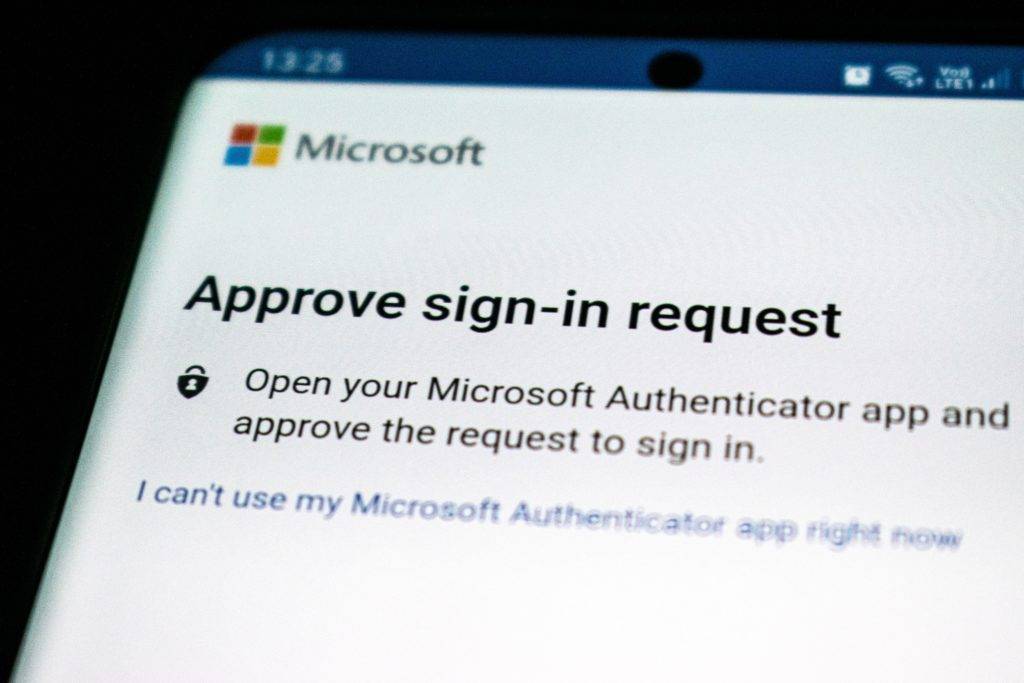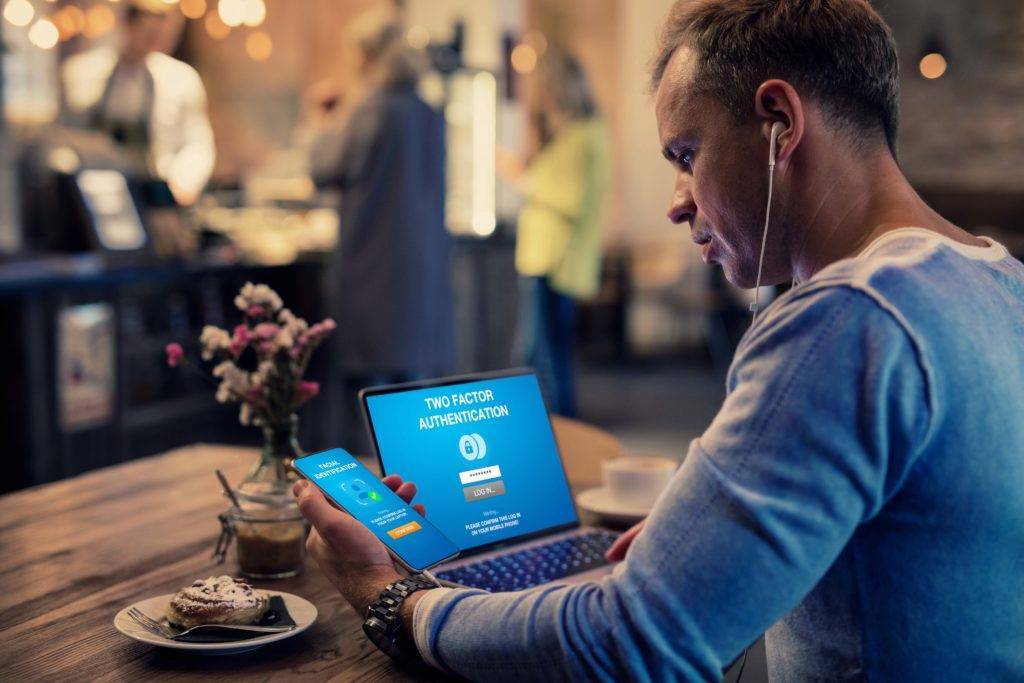
The importance of two-factor authentication (2FA) and multi-factor authentication (MFA) has never been greater.
Before the turn of 2023, LastPass, one of the world’s biggest password managers, was hacked, leaving the sensitive information of as many as 25 million users vulnerable. That number is made up of individuals as well as businesses and brands of all shapes and sizes.
Passwords are often seen as the primary barrier between our physical and digital selves, right from the moment we log on in the morning and throughout the day when we’re accessing the different platforms and tools we require to fulfil our day-to-day activities.
But as the threat of cyber attacks continues to grow, it’s never been more apparent that passwords, alone, are not enough to protect our sensitive information online – that a best practice password protection should only be considered as a first barrier. We say best practice after a LastPass survey in 2022 found that 62% of people reuse old passwords.
And while two-factor and multi-factor authentication are not new security measures, they are one of the most effective means of ensuring we are as protected as possible online. Even in 2021, 2FA was deemed so important that Google made it mandatory for its users.
In this blog, we dive into the main differences between 2FA and MFA, what their benefits are, as well as how it works…
Firstly, why do we need 2FA and MFA?
Two-factor authentication (2FA) and multi-factor authentication (MFA) are security protocols that require users to provide a minimum of two pieces of evidence to verify their identity before they can access a platform, account, or system.
The primary function of 2FA and MFA is to protect accounts from unauthorised access, helping to prove the legitimacy of the person trying to gain access. It is a necessary step to implement to negate the risk of data breaches.

2FA vs MFA – what are the differences?
They’re pretty much the same thing. They both centre on having another layer of protection other than a password. That can be something like an authenticator app, a text, or a code.
There are many variations of how that can look. 2FA has just two steps, whereas MFA has two steps as a minimum.
The common combinations that are associated with MFA include passwords, questions, sending a notification to a personal item, like a phone, or even something like fingerprint and facial recognition, as we’re beginning to recognise as the norm with modern technology.
What are the main benefits of 2FA and MFA?
The biggest benefit is if your password manager gets hacked, the hacker isn’t going to be able to get straight in. If your passwords get leaked, a hacker still needs to have access to the source of the authenticator.
This is particularly important for things like email accounts because if a hacker manages to access your email they’ve effectively got the keys to the kingdom. They have access to everything. To bypass 2FA, it would need to be a targeted attack by someone that knows what they’re doing.
The other benefits of 2FA and MFA include:
- Less reliance on passwords – 2FA makes it easier for users to access their accounts by eliminating the need for them to remember multiple passwords.
- Cost savings – two-factor authentication can help organisations save money by reducing the need for additional security measures, such as additional passwords, tokens, or biometric authentication.
Is MFA safer than 2FA?
MFA provides more layers of protection so has to be considered a safer option than 2FA.
However, it comes down to what you’re trying to protect. Depending on the importance, you might have MFA in place but then have to come from a specific IP address and also have a password. That example process has three layers.
Consumer grade usually has 2FA. If you’re a business, then you can add more layers to the security, if you wish. We’d recommend MFA be utilised for protecting the websites and information that is critical to business functionality, like banking or email. Not all multi-factor Authentication systems are created equal either, next we look at the levels different systems can provide.

What are the most effective methods for MFA?
According to 2021 data from Statista, responding companies said that authenticator apps were the most popular form of protection being used by companies.
The other methods mentioned included:
- Authenticator apps (57.8%)
- SMS code (39.1%)
- One-time password (OTP) (37.4%)
- Hardware security key (37%)
- Secondary email (14.7%)
- Other – method not stated (7.3%)
Can 2FA and MFA authenticator apps be hacked?
It’s worth pointing out that nothing is unhackable. Nothing is 100% secure and there is always a possibility that authenticator apps could be hacked.
But the difference between websites, like what happened to LastPass, is that the hacker would need access to the 2FA in place to break through.
In that case, they’d need to have physical hold of your mobile phone, access to the code or text that is sent out or bypass a feature recognition as part of the agreed security flow. Text and email 2FA are generally seen as inferior to hardware fobs or authenticator apps as they give an attacker easier options for hacking.
By implementing any of those steps, any potential hacker will have a hard time getting the access they want.
2FA and MFA are a necessity but come with friction
The easier something is to get into, the less secure it is. Higher security measures are crucial to preventing threats but one of the biggest complaints that come with that is the increased friction for its users as well.
In the modern world, users want a frictionless experience. And being signed out of their platforms regularly and going through the 2FA and MFA process to regain their access.
As a result, this has led to many people avoiding turning on 2FA or MFA to have a frictionless experience.
This is the basis of all the struggles between IT teams and end users at the moment, to make sure the end user can still do their job while keeping the whole system secure, trying to ensure that those security measures you have to get through are not cumbersome.
However, as annoying as it is, it is necessary for safety.
Security best practice is essential in the modern world
As we alluded to, there is a growing threat online that none of us is immune to.
Both 2FA and MFA are the simplest, yet most effective ways to verify the identity of your users and the security health of their devices before they connect to your applications.
As a Cisco Partner & Fortinet Partner, Performance Networks can help your business with the right authentication solution to support your business. Get in touch with us to find out more.
Image credit: Shutterstock and Unsplash